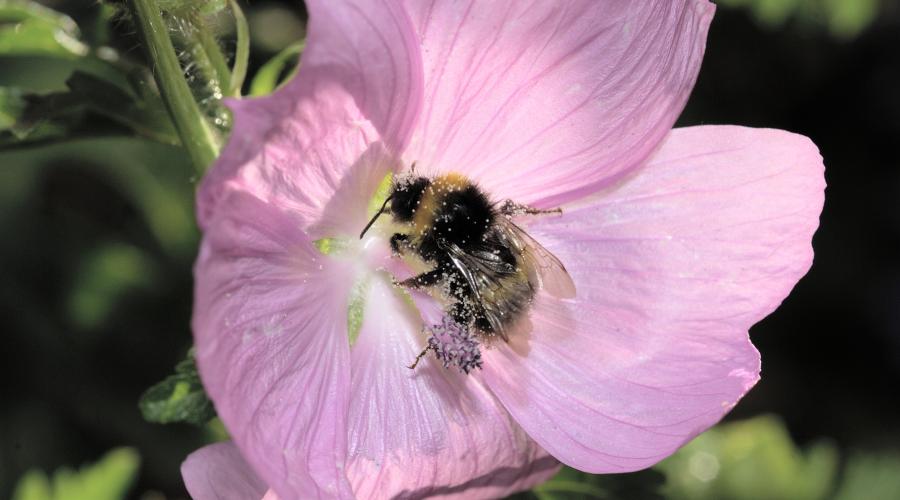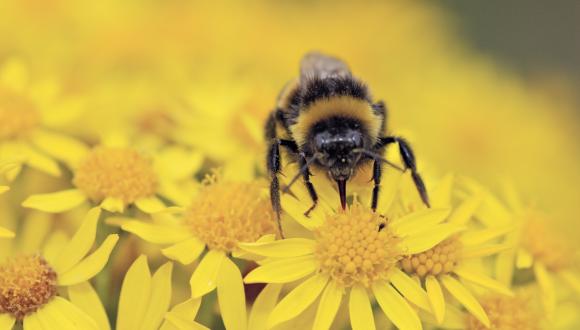
Invertebrates
Some of our invertebrates are found nowhere else. For many more, Scotland provides a last stronghold within the UK.
Invertebrates are all animals with no backbone:
- insects – e.g. butterflies, moths, beetles
- spiders
- worms
- crustaceans – e.g. crabs, lobsters
- molluscs – e.g. slugs, snails, mussels
Invertebrates make up around 98% of animal life – though no one knows exactly how many species there are. Invertebrates inhabit our land, rivers, lochs and seas. Between land and freshwater alone, Scotland may be home to some 50,000 species.
Some key habitats include:
- rivers – where freshwater pearl mussels occur in internationally important numbers
- Caledonian pinewoods – home to threatened species such as the pine hoverfly
- machair – where the great yellow bumble bee and northern colletes bee are found
- damp species-rich grassland, damp moorland and rush pastures in western Scotland – one of the last areas in Europe for the marsh fritillary butterfly
Ecosystem roles
Invertebrates are vitally important as they:
- turn natural waste into fertile soil
- pollinate crops and wild flowers
- are an essential food source for some fish and birds
Similarly, many smaller marine invertebrates, which occur in vast numbers, nourish fish and whale species from tiny sandeels to giant basking sharks.
Uses by people
Lobsters, crabs, langoustine and scallops are invertebrates of great importance to the Scottish economy. They provide a living for many people and a favourite food for many more of us.
Threats to invertebrates
Invertebrates are at risk from:
- habitat fragmentation and loss
- declines in habitat quality
- climate change
- pollution
Guidance
The following guidance on Assessing habitats for deadwood invertebrates is now available to download.
Guidance - Bumble bees - natural mortality
Read our guidance for planners and developers.




